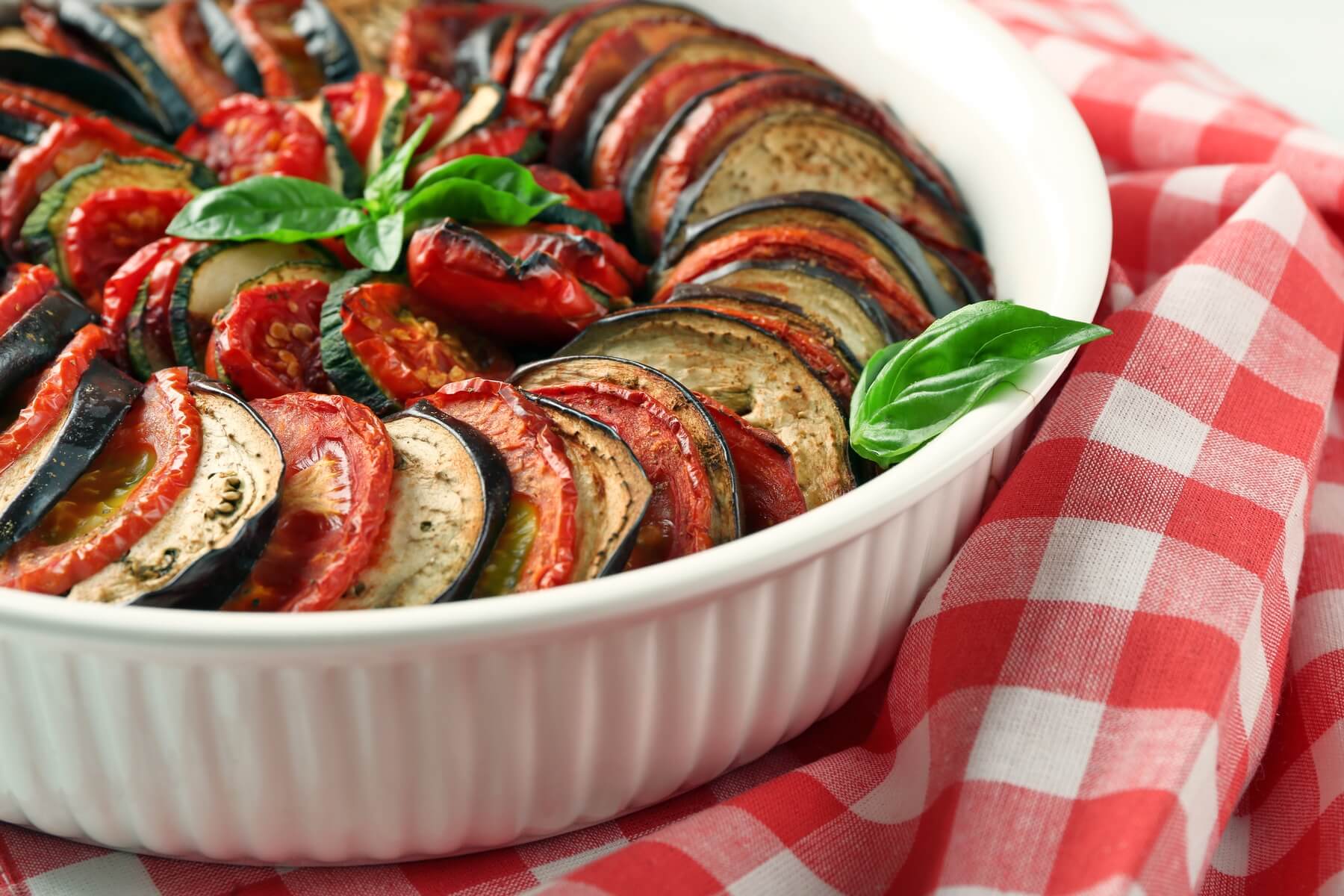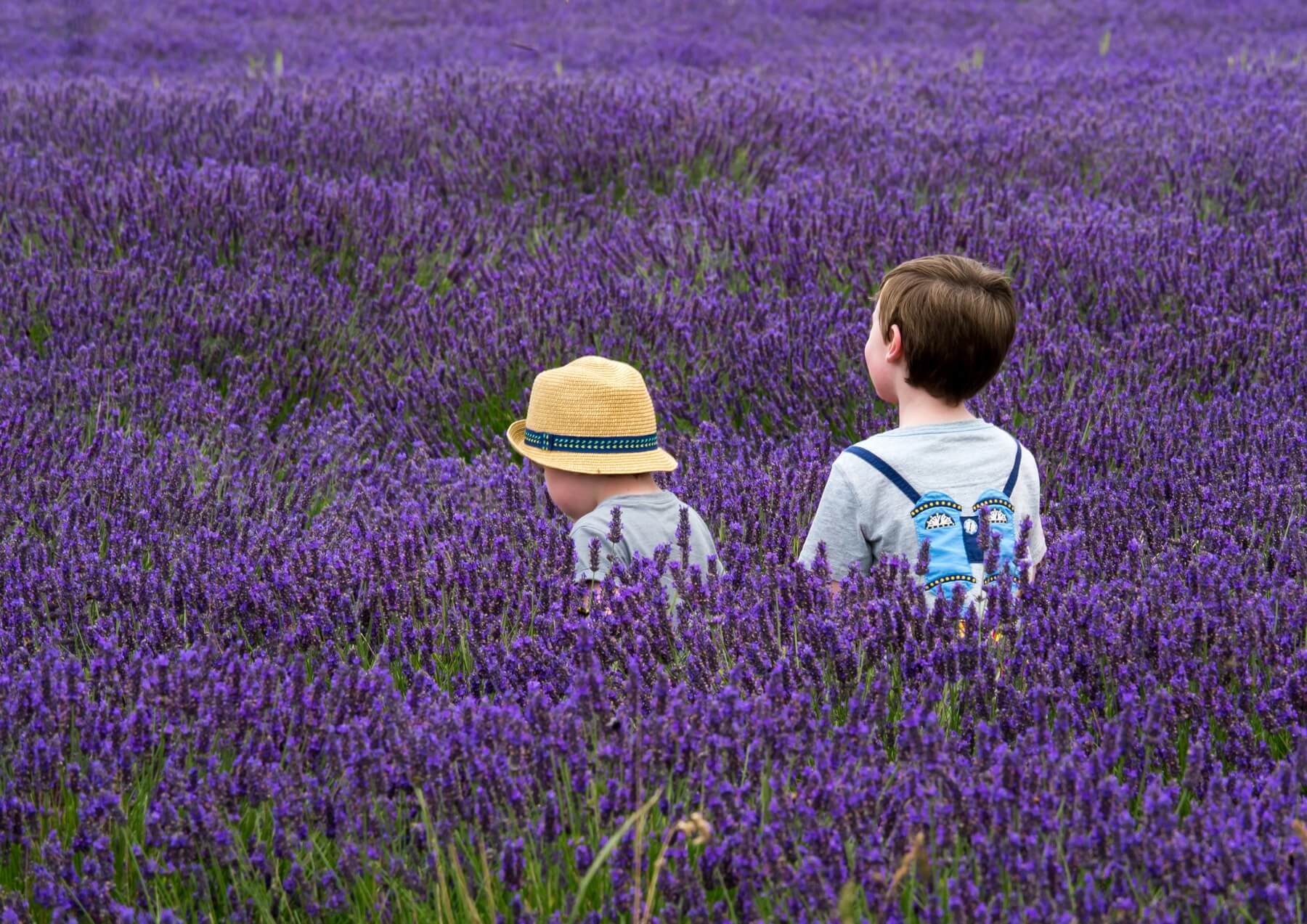Provence is often associated with a particular colour palette that reflects the natural beauty of the area, as well as the traditional architecture and art.
One of the most famous colours of Provence is lavender, which grows abundantly in the region. The fields of lavender, with their bright purple blooms, are a symbol of the area and can be seen in many postcards and photographs. Lavender is also a popular ingredient in many of the region’s products, such as soaps, perfumes, and essential oils.
Another colour often associated with Provence is the warm, golden hue of the sun-baked earth. The region is known for its dry, hot summers, which give the landscape a rich, golden quality that is reflected in the colour of traditional Provençal architecture. Many of the buildings in the area are made from local stone and feature terracotta roofs, which add to the warm, earthy palette of the region.
The bright blue of the Mediterranean sea is also a key colour, as the region is home to some of the most beautiful coastal towns and beaches in France. The deep blue of the sea is a striking contrast to the warm golden tones of the surrounding landscape, and the bright colour of the fishing boats and yachts that populate the harbours.
In addition to these primary colour, Provence is also known for a range of other hues that reflect the region’s natural beauty and cultural heritage. For example, the greens of the olive groves and vineyards, the pinks and oranges of the sunsets, and the deep reds of the ripe tomatoes and strawberries that are a hallmark of Provençal cuisine. Together, these colour create a rich and diverse palette that reflects the many facets of life in this beautiful and historic region of France.
The area is home to some of the world’s largest and most famous ochre quarries. Ochre is a natural pigment that ranges in colour from yellow to orange to reddish-brown, and is created by the weathering of iron-rich minerals in the soil.
The ochre quarries near the town of Roussillon have been in use since prehistoric times, and the pigments that were extracted from the earth were used for a wide range of purposes, including painting, dyeing textiles, and making cosmetics.
Today, the quarries are a popular tourist destination, and visitors can explore the vividly coloured cliffs and quarries on foot or by taking a guided tour. The colours of the ochre cliffs are particularly striking at sunset, when the warm, golden light of the sun illuminates the rocks and creates a breathtaking display of colours and shadows.
The use of ochre as a pigment is also an important part of Provençal art and architecture. Many of the traditional buildings in the area are painted in warm, earthy tones that reflect the colours of the surrounding landscape, and artists in the region have long used ochre pigments to create paintings that capture the unique light and colours of Provence.












